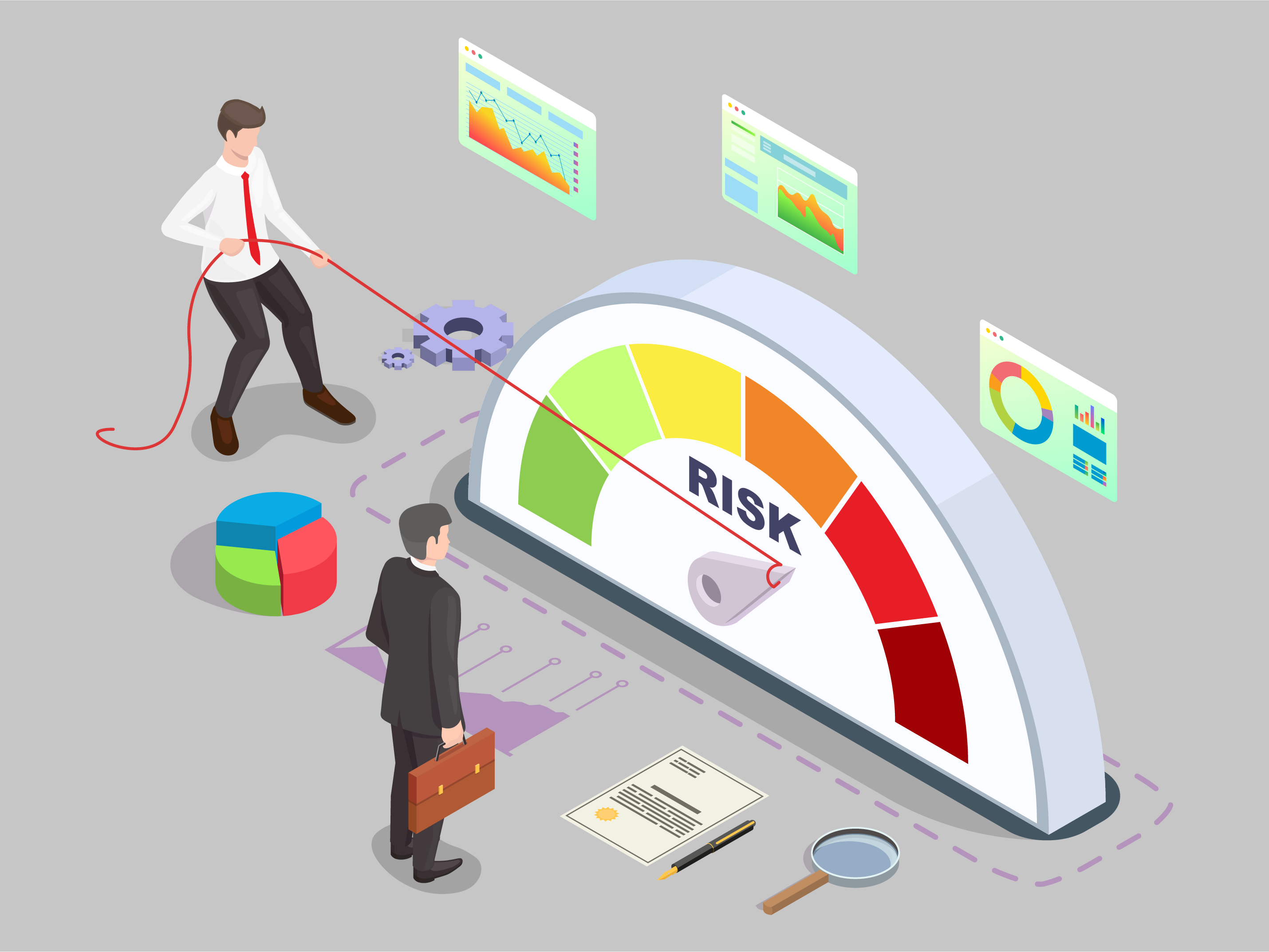Optimising your asset’s long-term strategy with a comprehensive component risk management system.
Ground-mounted solar in the UK is an emerging market, only taking off around 15 years ago. This market has challenged and continues to challenge the various stakeholders involved, including O&M contractors, asset managers, owners, and lenders.
A frequently repeated phrase in the early days of solar was: “These assets don’t require management - they run themselves.” We all found out the hard way that that is not exactly true. As the market and portfolios grew, operators and managers raced to scale up their portfolios to match demand. The standard hallmarks of a good organisation on a larger scale – digitalisation, incident tickets, and logistics – were swiftly introduced. Annual maintenance and incident management have improved and have become a professional process, but what’s next?

Component Risk Management
Imagine that you could predict when your portfolio’s components were likely to fail. Armed with this knowledge, you could plan for replacements and minimise business interruption. It could be the difference between making a warranty claim for a serial defect – or being left to count the cost when a failure occurs after the warranty expires. To avoid unnecessary component failure costs, we can help you develop a risk mitigation strategy, supported by data, that best fits with the reality of your portfolio and the age of its components.
Component risk management requires a different approach to operations and asset management. It generally starts with observations and measurements in the field by the operator. Instead of only assessing whether a component has failed or not, the operator assesses the current status of the component to judge whether it will meet its expected lifetime based on pre-defined risk parameters.
Through this predetermined set of quantifiable criteria, the operator can see the health status of components. What about the nature of the potential impact? Depending on the risk parameter, these can vary significantly. Is it merely a question of OPEX/CAPEX, or could this risk impact health & safety, ESG, reputation, or all four?
Mitigating risk at the portfolio and plant level
With the health status and potential impact quantified, we can determine the risks status of each component. The asset manager and their technical experts can consider these risks holistically at the portfolio and plant level to define mitigation and control action plans according to the pre-agreed component risk management strategy.
Setting up a component risk management process for your portfolio is not a straightforward task because it affects multiple stakeholders, contractual agreements, systems, and existing processes. It requires buy-in from top to bottom and long-term thinking. However, in return, you will gain all the benefits of a scalable, transparent, and auditable risk management system that helps to minimise risk within your portfolio. You will lower risk exposure for specific stakeholders, which will justify lower service charges. Are you thinking of refinancing soon?
Quintas Advisory can define, create, and set up your portfolio’s component risk management system and reduce your exposure to component risk. For more details on how this will benefit you, get in touch today!


